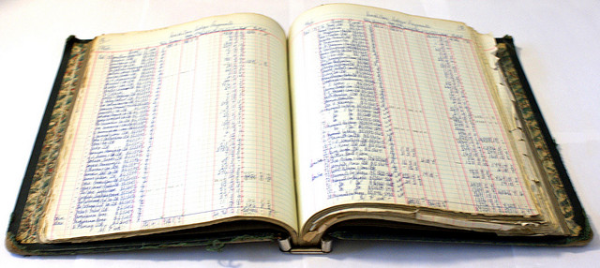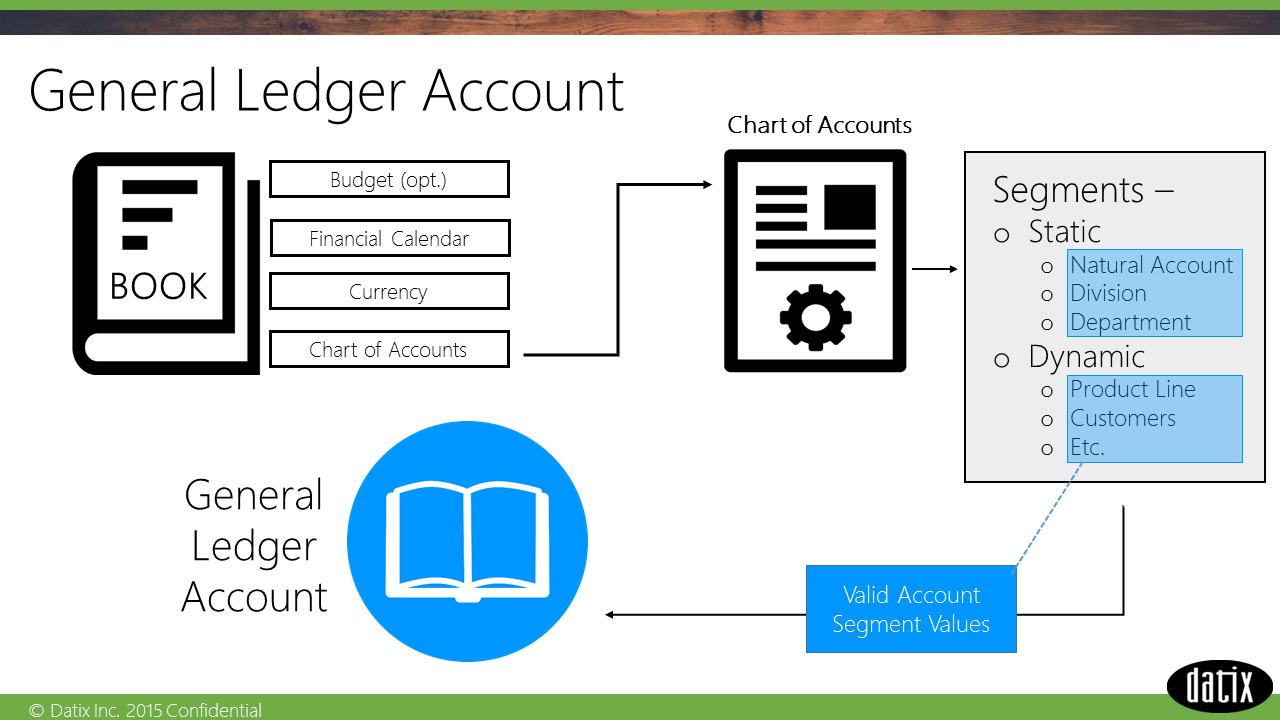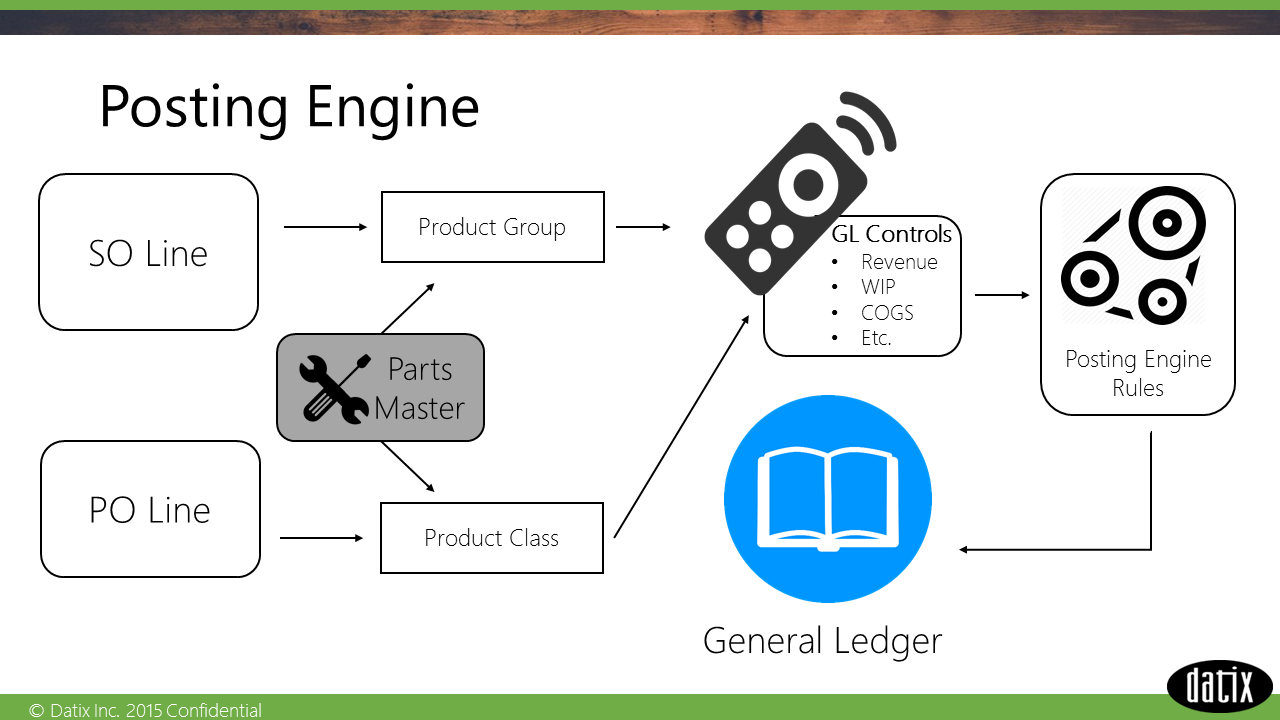
As one of the top ERP consulting firms to the mid market, we consult with a lot of different businesses that are evaluating ERP implementations or upgrades. One of the first things that usually pops up in the conversation is how the software will affect company-wide financial practices. Most businesses considering enterprise resource planning changes have financials circled as a top reason for system evolution. In our case, we specialize in Epicor ERP services and find ourselves often explaining how Epicor’s financial software works. In particular, we find a lot of initial questions center around the general ledger and the posting engine.
General ledger and the posting engine seem to initially pose a form of mystery to those initially exploring this kind of software for the first time. Our consultants recently worked up a few simple images that help de-mystify this powerful financial dynamic. Below we share some of these images. If you’d like to see more, visit our financial software page and let us know what you’d like to see.
How A General Ledger Account Is Constructed

The Chart of Accounts (Epicor)
The chart of accounts sub module is a function of the Epicor financial software. When a firm decides to upgrade or implement the Epicor software it creates an opportunity for companies to build out a chart of accounts for the general ledger from scratch. We typically will work with organizations to ensure the set up eliminates invalid or inactive accounts, pulls only the most integral information to expedite system processes, and empowers any firm to make better financial decisions. This is often the driving thought process we see businesses enter when moving to this type of software.
In the chart above you can see how a book is made up, and where a chart of accounts is broken out and segement values are added to post to general ledger.
Epicor’s chart of accounts can be built out for any size firm in almost any industry. The software is robust enough to compound up to 366 total fiscal periods. If you are company who conducts transactions nationally or globally, it can monitor transactions based on an unlimited number of criteria, and can be built out to drill down to any stage of a transaction and even viewed through a mobile dashboard.
Some smaller companies rely on Quickbooks or other software and try to use it in conglomeration with ERP embedded financial software. We never recommend two separate systems since it convolutes processes and is generally confusing to users. It is always best to envelop all financial transactions inside one system. This eliminates the chance for reporting errors which leads to unclean data, slow system speeds, and possible non-compliance.
How the Posting Engine Works

The above diagram breaks down how the posting engine works in Epicor. It displays how SO and PO line’s are submitted and posted to general ledger.
In most cases, if a business is implementing new ERP financial software we suggest setting up a new chart of accounts in order to avoid using outdated records and slowing the new reporting system. Financial information can be consolidated into a modified version of the last reporting system, and be designed to better fit processes that will be used moving forward. However, these kinds of decisions will never be given a definitive answer until all teams understand which transaction data is most needed to: comply with regulatory guidance, pay bills, file taxes, or complete other necessary financial transactions.
Summary
Hopefully this helps effectively de-mystify some of the qualities of how the posting engine works for Epicor’s general ledger. If you have further questions of how Epicor or ERP financial systems work please feel free to reach out to our experts. We are happy to further discuss what issues may be unique to your business.

